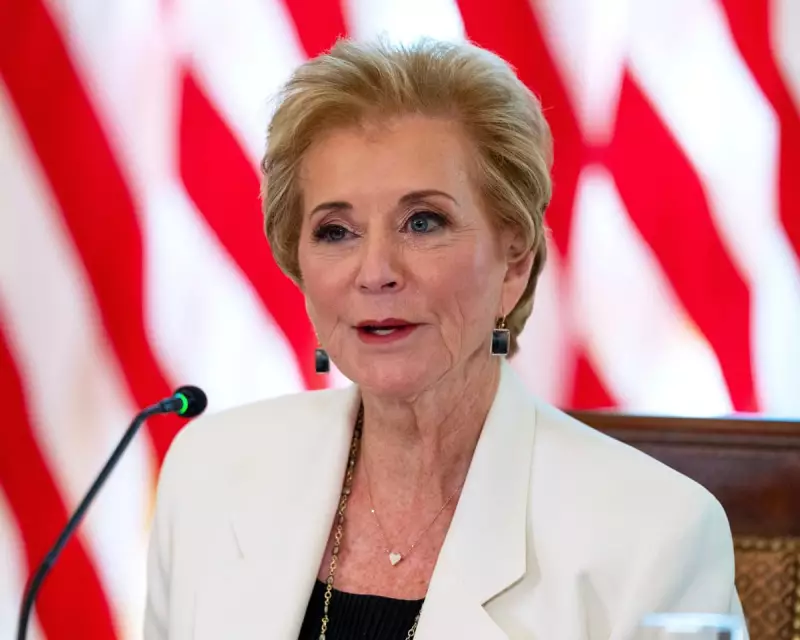
In a significant Whitehall reorganisation, the Department for Education is set to lose several major policy areas to other government departments. The shake-up represents one of the most substantial changes to education governance in recent years.
Key Responsibilities Moving Departments
Skills and further education policy will transfer from the DfE to a newly expanded Department for Work and Pensions. This move signals a strategic shift toward aligning vocational training more closely with employment outcomes and welfare policy.
Meanwhile, responsibility for children's social care and safeguarding is being moved to the Department of Health and Social Care. This restructuring aims to create a more integrated approach to children's wellbeing, connecting physical health, mental health, and social care services under one departmental roof.
Timeline and Implementation
The changes are scheduled to take effect from April 2025, giving civil servants and stakeholders several months to prepare for the transition. The Guardian's original report, published on November 18, 2025, revealed that internal discussions about the restructuring have been ongoing for months.
Government sources indicate that the reshuffle is designed to eliminate duplication and create clearer lines of accountability within Whitehall. However, critics have raised concerns about potential disruption to ongoing education initiatives during the handover period.
Potential Impacts and Reactions
The restructuring is likely to have far-reaching consequences for how education policy is developed and delivered across England. Moving skills training to the DWP suggests a stronger emphasis on employment outcomes rather than broader educational development.
Teaching unions and education stakeholders have expressed mixed reactions to the announcement. Some welcome the potential for more joined-up thinking on children's services, while others fear the DfE's diminished role could lead to education receiving less priority within government.
The changes come amid ongoing challenges in the education sector, including teacher recruitment shortages and post-pandemic learning recovery efforts. How these departmental shifts will affect frontline education services remains to be seen as the implementation date approaches.





